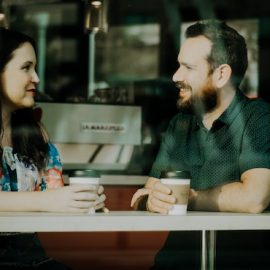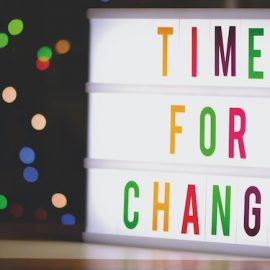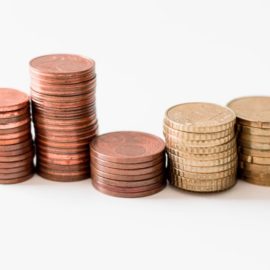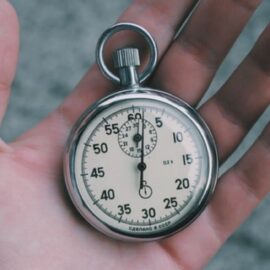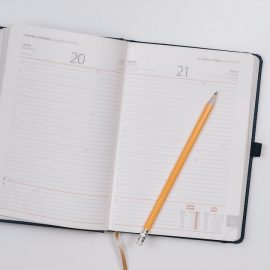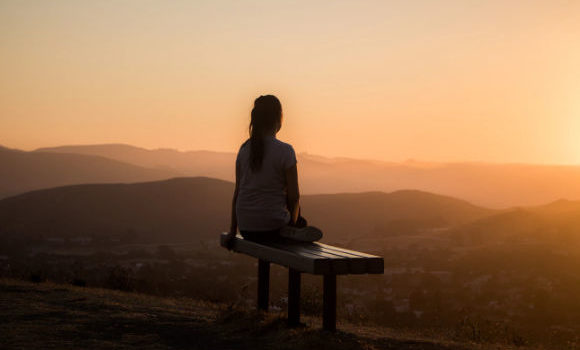
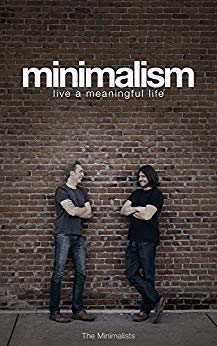
This article is an excerpt from the Shortform summary of "Minimalism" by Joshua Fields Millburn and Ryan Nicodemus. Shortform has the world's best summaries of books you should be reading.
Like this article? Sign up for a free trial here .
Want a minimalist lifestyle? How do you become a minimalist and let go of your stuff? Learn the key things holding you back from a minimalist lifestyle, so you can live more simply.
In the book Minimalism, the authors decided to take an inventory of their lives to find out what was making them unhappy, and what they needed to change so they could experience happiness and freedom.
Eventually, both men realized that:
- Status and material possessions didn’t bring the lasting happiness they had expected.
- Their work was making them feel increasingly pressured and unhappy. Their earlier dream of climbing the corporate ladder began losing its appeal when they realized it would only bring more pressure.
- They were earning great money at jobs they came to dislike, and they were depleted financially and emotionally.
How to Become a Minimalist Step 1: Discovering Your Anchors
First, they identified their anchors preventing them from minimalism — the things or situations making feel stuck. Over the course of a week, each of them wrote down anything he thought might be an anchor. Joshua listed 83 items and Ryan, 54.
Next, they identified their priorities. They started prioritizing by classifying their anchors as either major or minor.
Major anchors were the obvious things keeping them from feeling free: mortgages, car payments, large bills and debts, their careers, and particular relationships — things that demanded attention without returning comparable value.
Minor anchors made up the majority of their lists. They included cable and internet bills, smaller bills and debts, unused clothing and household items, and general clutter. These required small amounts of attention individually, but it added up.
They decided that getting rid of as many anchors as possible would let them reclaim time, which could be used in more meaningful ways.
They started with major anchors. For example, Joshua started with debts, which ran into the six-figure range. He took side jobs and made extra payments toward debts. He cut trips, expensive dinners, and vacations to pay off his car and credit card debt. Over two years, they both paid off their cars and paid down debts.
The minimalists addressed other anchors as well. They got rid of many possessions, keeping only the things they liked and used. Selling things they didn’t use generated money that went toward debt reduction.
How to Become a Minimalist Step 2: Letting Go of Emotional Anchors
As Joshua reevaluated his life and identified anchors, his mother died, leaving him with her 64 years’ worth of possessions to sort out. He couldn’t part with them emotionally because they represented a relationship important to him — so he started putting her things into storage.
In the process of handling his mothers’ stuff, Joshua had an epiphany: He didn’t need a storage locker full of stuff to preserve his memories of their relationship.
The turning point was finding boxes of his old school work under her bed. She clearly hadn’t accessed the boxes in many years, but she had kept them in order to hold onto the memories of her son as a child. In the same way, Joshua had been trying to hold onto his mother by keeping her things.
However, just as she had remembered him and his childhood without ever opening the boxes of school work, he didn’t need a storage locker full of stuff to remember her. Once he realized he could hold onto his memories of her without holding onto all her stuff, he donated it to people who could use it.
His key takeaways for how to become a minimalist were:
- Sentimental items aren’t necessarily a problem. But they can become anchors when they get entangled in your emotions, almost without your realizing it. If you want to get rid of an item but you’re hesitating for sentimental reasons only — then it’s weighing on you and it may be time to get rid of it. That doesn’t mean you need to get rid of everything though.
- Possessions become anchors when you over-identify with them. When you realize you are not your stuff and your memories are separate from your possessions, you can let go and free yourself from their hold on you.
Josuha and Ryan learned more about how material possessions get in the way of personal growth when they discovered minimalism and how it could be a tool for creating a meaningful life.
———End of Preview———

Like what you just read? Read the rest of the world's best summary of "Minimalism" at Shortform . Learn the book's critical concepts in 20 minutes or less .
Here's what you'll find in our full Minimalism summary :
- What Minimalism is, in complete detail
- How to simplify your life and get rid of things you don't need
- What's holding you back from your ideal career passion
- How to take care of your body and health, the simple way

